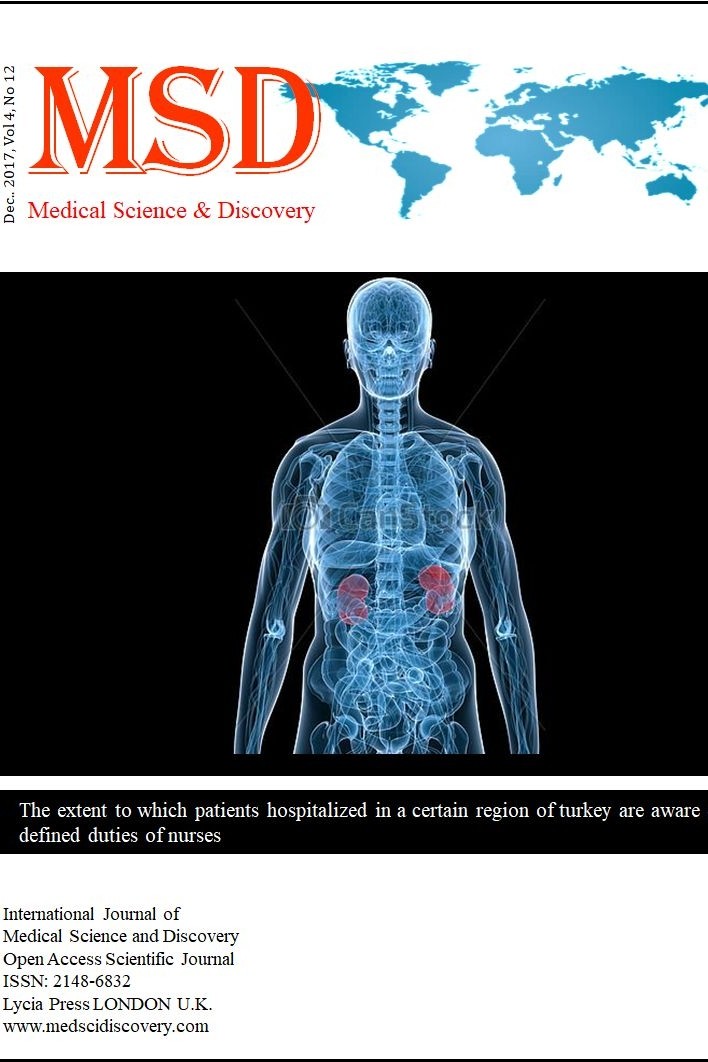Aldehyde dehydrogenase-1 expression and prognosis in triple-negative breast cancer
Aldehyde dehydrogenase-1 expression and prognosis in triple-negative breast cancer
___
- Goldhirsch A, Wood WC, Coates AS, Gelber RD, Thurlimann B, Senn HJ, et al. Strategies for subtypes-- dealing with the diversity of breast cancer: highlights of the St. Gallen International Expert Consensus on the Primary Therapy of Early Breast Cancer 2011. Annals of oncology : official journal of the European Society for
- Medical Oncology / ESMO. 2011;22(8):1736-47.
- Carey LA, Perou CM, Livasy CA, Dressler LG, Cowan D, Conway K, et al. Race, breast cancer subtypes, and survival in the Carolina Breast Cancer Study. Jama. 2006;295(21):2492-502.
- Bauer KR, Brown M, Cress RD, Parise CA, Caggiano V. Descriptive analysis of estrogen receptor (ER)-negative, progesterone receptor (PR)-negative, and HER2-negative invasive breast cancer, the so-called triple-negative phenotype: a population-based study from the California cancer Registry. Cancer. 2007;109(9):1721-8.
- Morris GJ, Naidu S, Topham AK, Guiles F, Xu Y, McCue P, et al. Differences in breast carcinoma characteristics in newly diagnosed African-American and Caucasian patients: a single-institution compilation compared with the Epidemiology, and End Results database. Cancer. 2007;110(4):876-84. Institute's Surveillance,
- Gluz O, Nitz UA, Harbeck N, Ting E, Kates R, Herr A, et al. Triple-negative high-risk breast cancer derives particular benefit from dose intensification of adjuvant chemotherapy: results of WSG AM-01 trial. Annals of oncology : official journal of the European Society for Medical Oncology / ESMO. 2008;19(5):861-70.
- Meyers MO, Klauber-Demore N, Ollila DW, Amos KD, Moore DT, Drobish AA, et al. Impact of breast cancer molecular subtypes on locoregional recurrence in patients treated with neoadjuvant chemotherapy for locally advanced breast cancer. Annals of surgical oncology. 2011;18(10):2851-7.
- Zaky SS, Lund M, May KA, Godette KD, Beitler JJ, Holmes LR, et al. The negative effect of triple-negative breast cancer on outcome after breast-conserving therapy. Annals of surgical oncology. 2011;18(10):2858-65.
- Mansour EG, Ravdin PM, Dressler L. Prognostic factors in early breast carcinoma. Cancer. 1994;74(1 Suppl):381- 400.
- Liu S, Wicha MS. Targeting breast cancer stem cells. Journal of clinical oncology : official journal of the American 2010;28(25):4006-12. Clinical Oncology.
- Copyright © 2014 The Author(s); This is an open-access article distributed under the terms of the Creative Commons Attribution
- License (http://creativecommons.org/licenses/by/4.0), which permits unrestricted use, distribution, and reproduction in any medium, provided the original work is properly cited.
- ISSN: 2148-6832
- Başlangıç: 2014
- Yayıncı: Zafer AKAN
Aldehyde dehydrogenase-1 expression and prognosis in triple-negative breast cancer
Edvin MURRJA, Zeynep Hande TURNA, Mehmet Akif OZTURK, Ahmet CİNKAYA, Tulin OZTURK
Aysen Turedi YİLDİRİM, Yesim OYMAK, Yontem YAMAN, Timur MESE, Selen BAYRAKTAROGLU, Yesim AYDİNOK, Canan VERGİN
A case of complex suicide: Self-electrocution
Tarik ULUCAY, M. Sunay YAVUZ, M. Ziya KİR, Yildiray ZEYFEOGLU, İlknur KAHRAMAN, Faruk AYDİN, Gonca TATAR, Mustafa DALGİC, Gonca Piskin KESİCİ
Ultrasound-guided cannulation in placement of Hemodialysis Access Catheters in Predialysis Patients
Murat YİLDAR, Orcun GURBUZ, Gencehan KUMTEPE, Murat BASBUG, Omer TOPRAK
Zafer AKAN, Melek DİKİLİDAL, Hulya OZDEMİR, Gokhan OTO, Mehmet Bilgehan YUKSEL, Salaheddin AKCAY, Seda VATANSEVER, Hayrunnisa Yesil, Ahmet YİLMAZ, Ahmet VAR
